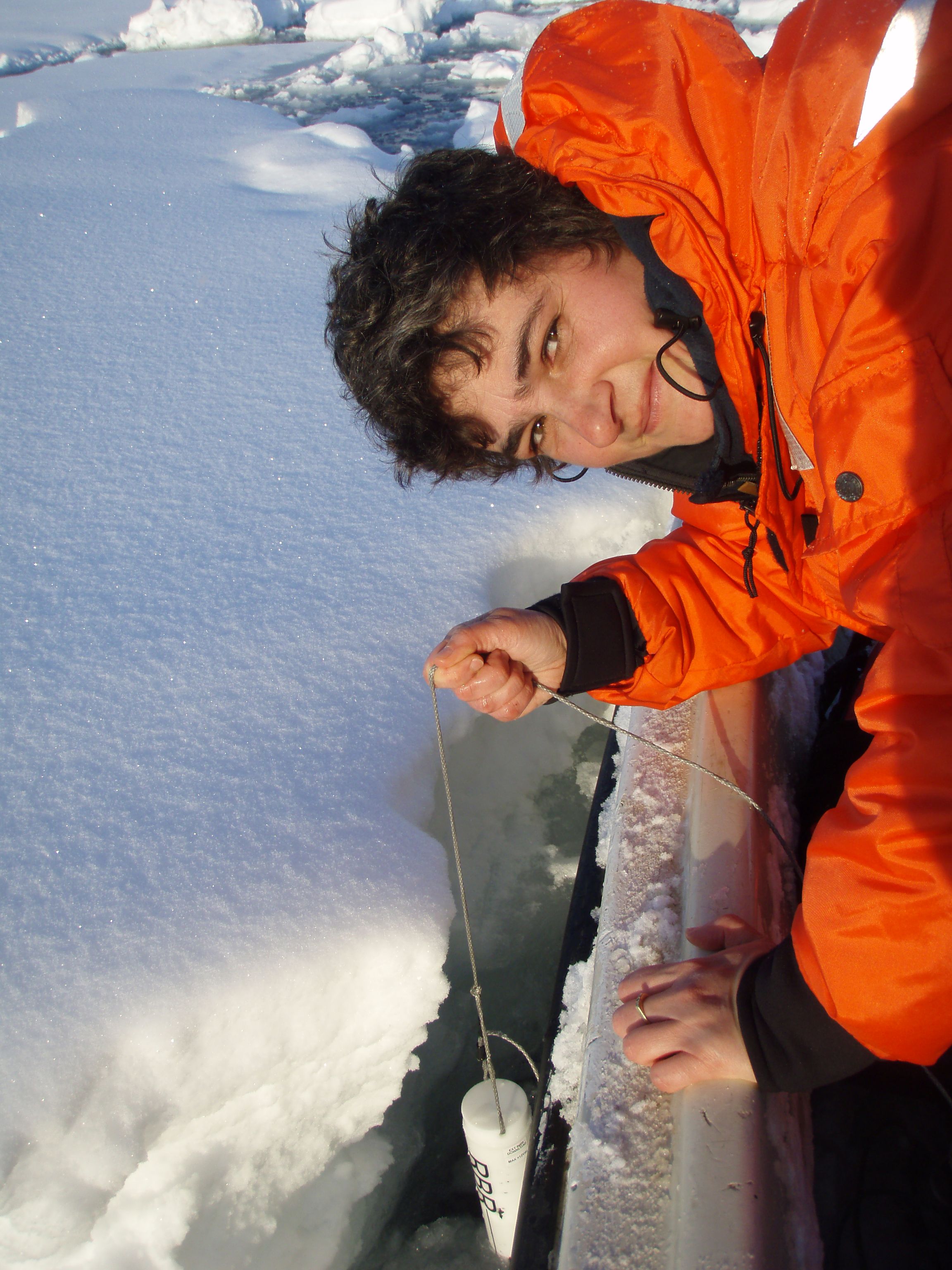
Fiamma Straneo is a Senior Scientist in the Physical Oceanography Department at the Woods Hole Oceanographic Institution. She studies the high latitude North Atlantic and Arctic oceans and their role in climate and climate variability. Much of her recent work has focused on the influence of climate on the Greenland Ice Sheet and, in particular, on understanding the causes behind the recent speed up and retreat of Greenland’s glaciers. She is co-chair of the Greenland Ice Sheet/Ocean Science Network (GRISO), co-chair of the Land-ice Team of SEARCH (Studies of Environmental Arctic Change), and a member of the Atlantic Meridional Overturning Circulation Science Team. She was the 2016 Sverdrup Award Lecturer of the American Geophysical Union and a 2013 Leopold Leadership Fellow. Straneo has led over a dozen field expeditions to the Arctic and Greenland.
Abstract:
The widespread speed up of Greenland’s glaciers, over the last two decades, was unpredicted, revealing major gaps in our understanding of how ice sheets respond to a changing climate. Increased melting at the edge of glaciers, associated with warming ocean waters, has recently emerged as a key trigger – indicating that glacier/ocean exchanges must be accounted for in ice sheet variability reconstructions and predictions. In parallel, the discharge of additional freshwater into the ocean, associated with Greenland’s ice loss, has the potential to impact the North Atlantic’s circulation and climate. Thus glacier/ocean exchanges are also relevant to understanding drivers of past and future changes in the North Atlantic Ocean’s circulation. Notwithstanding their importance, our understanding of glacier/ocean exchanges is limited due both to the scarcity of observations from these remote and hostile environments and to the challenge of modeling the wide range of processes and scales involved.
Here, I will present recent findings from observations collected at the edge of several Greenland glaciers that reveal how melting is caused by intrusions of warm, subtropical waters into the fjords and enhanced by the release of surface melt hundreds of meters below sea level. Tracer data, furthermore, indicate that Greenland’s meltwaters are rapidly mixed with ocean waters and that the export of this meltwater into the large scale ocean is governed by a complex interplay of fjord and glacier/ocean exchanges.
Arranged date for the seminar talk: Mar 27, 2017
